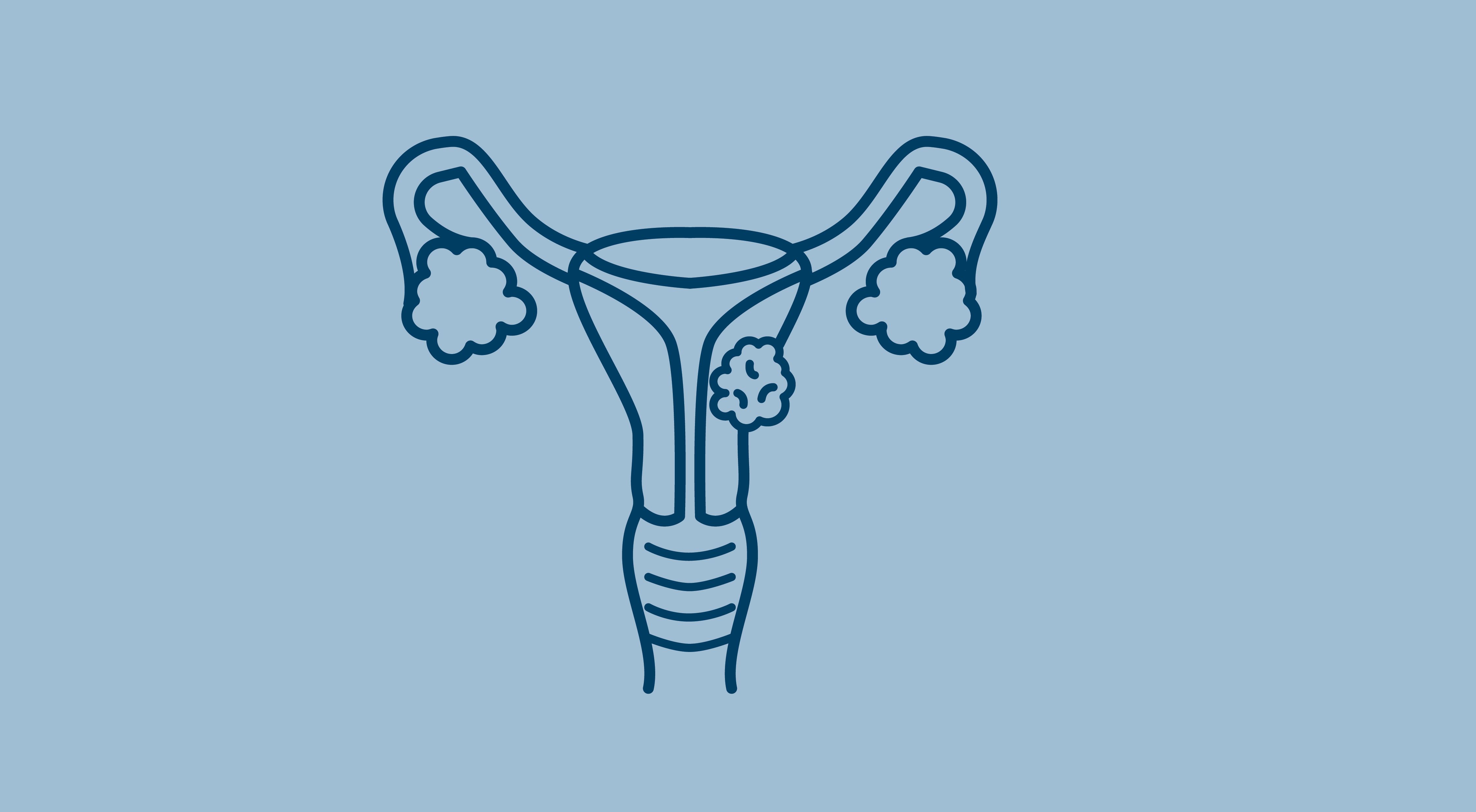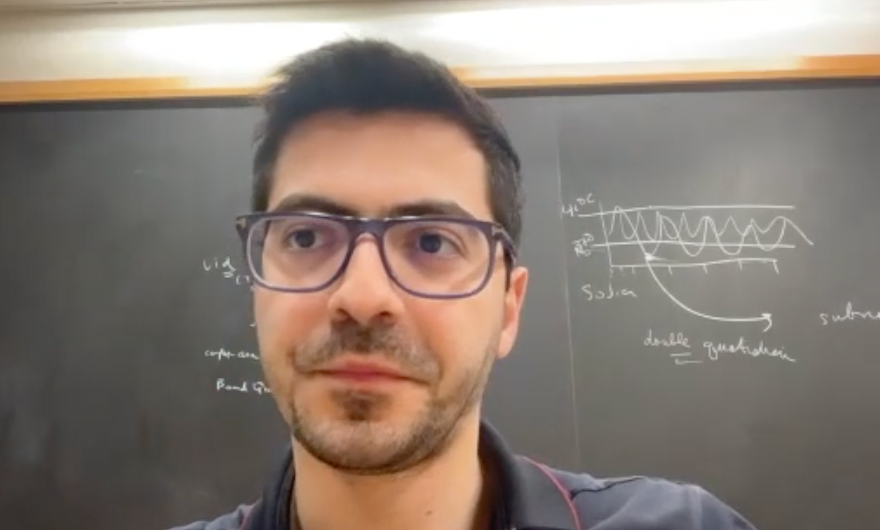Vaccine Promising in Cervical Cancer
The vaccine BVAC-C demonstrated durable antitumor activity in patients with HPV 16– or HPV 18–positive recurrent cervical cancer, according to findings presented at the 2020 AACR Virtual Annual Meeting I.
Vaccine Promising in Cervical Cancer

The vaccine BVAC-C demonstrated durable antitumor activity in patients with HPV 16— or HPV 18–positive recurrent cervical cancer, according to findings presented at the 2020 AACR Virtual Annual Meeting I.
The first-in-human data showed 1 partial response among 9 evaluable patients. An additional 5 patients achieved stable disease. The treatment was also shown to be safe, with mostly grade 1/2 adverse events (AEs).
“This study suggests that BVAC-C is well tolerated and durable antitumor activity in patients with HPV 16— or HPV 18–positive recurrent cervical cancer. Based on this promising result, we are now conducting a multicenter phase 2 clinical trial,” said first study author Chel Hun Choi, department of obstetrics and gynecology, Samsung Medical Center, Sungkyunkwan University School of Medicine, Seoul, Korea.
Choi said the vaccine is developed on the CeliVax platform. Describing the composition of the product, Choi explained, “CeliVax consists of 3 elements. The first is autologous B cells and monocytes, which serve as antigen-presenting cells to stimulate immune responses. The second element is tumor antigen genes or neo-epitope peptides, which can be transferred into B cells and monocytes. Element 3 is an adjuvant, alpha-galactosylceramide, a well-known natural killer T cell (NKT) ligand, which can induce various immune responses mediated by NKT cells.
Overall, 11 patients were enrolled on the trial. Patients had multiple metastatic progressive or recurrent HPV 16— or HPV 18–positive cervical cancer after failure of standard of care. All patients had received at least 1 platinum-based chemotherapy combination before enrolling on the trial. Six (55%) patients had received 2 or more lines of platinum-based chemotherapy prior to enrollment.
In the open-label, dose-escalating, multiple-dose study, patients received an injection of BVAC-C 3 times every four weeks. Dose escalation was implemented in a 3-patient cohort design at doses of 1×107, 4×107, or 1×108 cells/dose. The primary outcome measures were dose-limiting toxicity, serous adverse events, and clinical laboratory tests. Objective Response rate was an exploratory secondary end point.
“BVAC-C induced the activation of natural killer T cells, natural killer cells, and HPV 16/18 E6/E7-specific T cells upon vaccination in all patients evaluated,” said Choi.
Among the patient with the partial response, the duration of response was 10 months. The 5 cases of stable disease among the 9 evaluable patients translated to a stable disease rate of 56%. The range of the duration of stable disease in these patients was 4.2 months to 11 months. The median progression-free survival overall was 6.8 months (95% CI, 3.2—not reached). The median overall survival (OS) rate at 6 months was 89% (95% CI, 71-100), and the median OS rate at 12 months was 65% (95% CI, 39-100).
Most AEs were mild to moderate. Grade 1/2 adverse events included fever (n = 8), myalgia (n = 6), chills (n = 2), leukopenia (n = 2), neutropenia (n = 2), anemia (n = 13), creatinine increase (n = 3), and nausea/vomiting, diarrhea, fatigue, hypotension, and headache (1 each). Anemia (n = 4) was the only grade 3 AE. There were no dose-limiting toxicities, and no patients discontinued treatment due to AEs.
Additional information on the phase 2 BVAC-C trial (NCT02866006) can be obtained on the National Institutes of Health Clinical Trial database.
Reference
Choi C, Choi H, Lee J-W, et al. Phase I study of a B cell-based and monocyte-based immunotherapeutic vaccine, BVAC-C, in human papillomavirus type 16- or 18-positive recurrent cervical cancer. Presented at: 2020 AACR Virtual Annual Meeting I; April 27-28, 2020. Abstract CT123.













